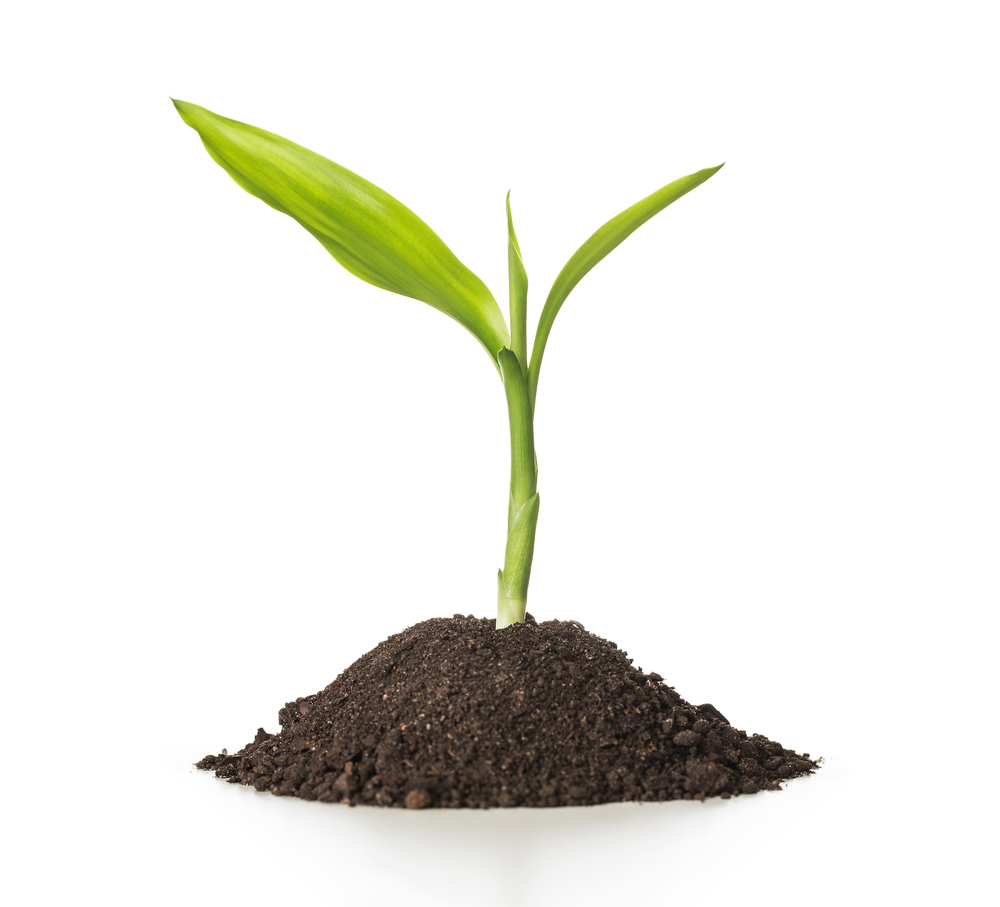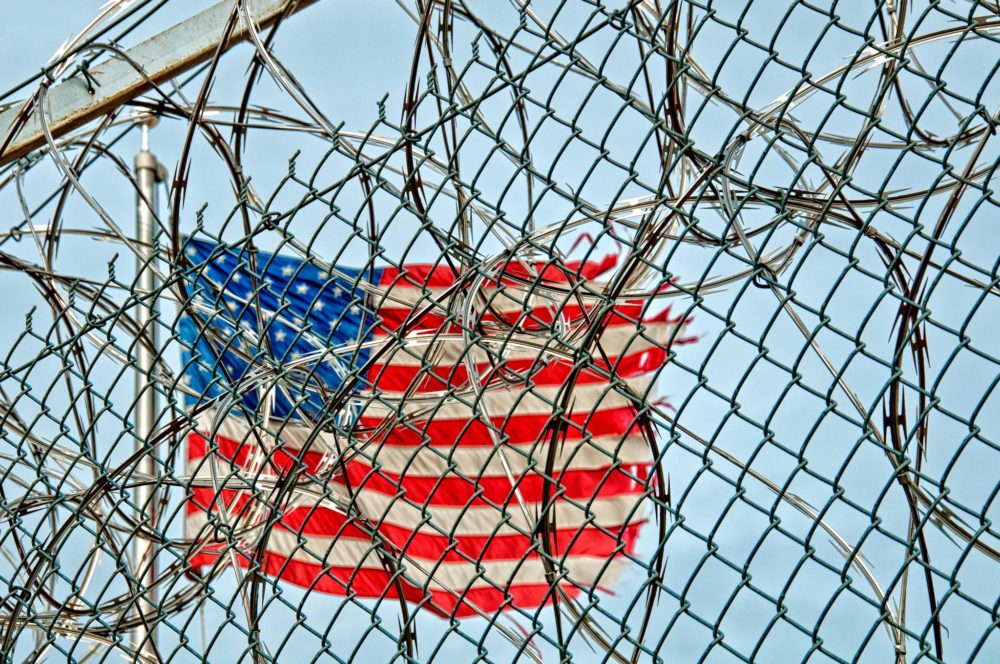My apologies to the author and you my readers also.
I should have posted this several days ago but I have just been crazy busy.
Worse than usual.
I believe this is part 5, I will have to go back and edit this after I post it and add the links to the previous articles at the bottom.
YOU SHOULD ALL BE DOWNLOADING AND SAVING THIS INFORMATION!
INBREEDING DEPRESSION
This was the first article I originally shared and the response was the impetus for the rest of the foodgrowing articles. I was moved to write it because I take a long view to preparing for survival and there’s more to it, survival, in the long term than the short term. I also left it period correct for when it was written in 2015.
********************
Over time there’s been a few posts concerning aspects of survival, post TSHTF beyond beans, bullets and TP, so I thought I would throw out something for your consideration.
Have you ever felt you had something in the bag only to wake up one night at 2 am, in cold sweat, with the realization the bag has a hole in the bottom big enough to drive a Mack truck through?
Or how about recognizing that as far as you went, it wasn’t quite far enough?
Another one that hits home is, You don’t know what you don’t know.
With the three above thoughts in mind the following is a discourse of an overlooked facet of extended (measured in years) survival when you are doing it all, or at least most of it, on your own. I am going to examine a relatively narrow aspect of the act of growing and producing your own food.
Conditions are presumed to be so dire we aren’t going to be running down to the local garden supply or pulling up our favorite online vendor to order plants or seeds. A natural response to this situation is the growing of heirloom or open pollinated varieties (plant varieties that breed true) allowing us to collect seed for future years production. There is a hidden danger here though.
Let’s set this up.
A group of people are some amount of time, it doesn’t really matter how long, into their post apocalypse survival. Their energies are mostly expended in protecting home and hearth and producing enough food to keep them alive.
Spring rolls around, they get their asses in gear, tear up a chunk of ground and stick some seeds in the soil. Harvest comes and they’re set with another winters supply of food. They carefully set aside some of the harvest to collect seed from. This process is repeated each year, they plant, harvest and save some of the harvest to save for its seed.
After a few years they notice their plants aren’t thriving as well as they use to. Each year seems to be a little worse than the last. One year they experience an almost total crop failure, they don’t have enough yield to last to next harvest let alone have enough to save some for seed. Their examination of all the common causes, horticultural practices, soil conditions, irrigation, disease, pests and several other factors runs to a dead end and they are now in a world of hurt.
……
This is where we can get hurt by something we didn’t know we didn’t know. When we collect seeds from our own plants and use those seeds for the next years crop and do this year after year we can create a condition known as inbreeding depression. Inbreeding depression is a fancy way of expressing we didn’t maintain genetic diversity in our plants and seed. In a nut shell (and this is a big topic) inbreeding depression over time eventually results in a reduction of germination, plant vigor, yield and seed development. In other words, crop failure, the very thing our group of people above experienced.
Many people who grow a garden purchase fresh seed or starter plants from a variety of sources every year. These sources in turn acquire their seed for resale or the growing starter plants from a variety of growers. Even folks that propagate a lot or most of their seed will periodically get some seed from somewhere else, if nothing else through a seed exchange with another gardener. Some folks that garden in high density areas will even find their plants are pollinated by their neighbor’s garden. This ensures a fairly healthy amount of genetic diversity in our seed stocks and plants.
Once we become dependent on only our own efforts to procure our seed we can be facing an eventual brick wall in our growing efforts, the result of an ever narrowing genetic line of parent plants leading to our inbreeding depression.
Many researchers agree it is better to avoid or minimize inbreeding depression rather than dealing with its effects once it reaches deleterious levels. One means of combating this problem is to maintain several different genetic strains of seed each year over the course of several years. Instead of collecting seed from only one of our plants each season, collect seed from several plants each season and keep each seed sample separated and cataloged. Repeat this process every year. Now we have a seed bank with a range of genetic lines spanning several years.
Lets say we end up with seed from 2004 through this year. This next winter everything goes to hell and we are left to fend for ourselves. We are now in a position to draw seed from several genetic strains and across several years when we plant.
In 2016 when we get ready to plant we draw seed from 2004, 2009 and 2013 stocks. The year after that seed from 2005, 2006 and 2015 is grown. We never plant the same year groups of seed and lineage more than once in a short period of time.
We also track the planting location of each years seed and the genetic strain giving us the opportunity to control the plants we collect seed from. We are now able to harvest our seed from a group of plants of known lineage, and protect the genetic diversity of our seed collection efforts. Through careful monitoring we can control the genetics of our plants and seed, much like we track bloodlines in livestock.
If you already collect your own seed, I would suggest you consider purchasing (or acquire by some other means) some seed each year to increase the genetic diversity of your seeds. I do this each year to augment my seed bank and introduce a wider range of genetic diversity in the seed I am storing.
If you don’t already collect your own seed I urge you to purchase seed from at least couple of different suppliers for the next few years (or however long we have) to build a seed bank that lets you start out with a wider range of genetic diversity than you have from that one pack each, of the veggies you currently grow. If you aren’t invested in collecting your own seed I suggest you take up the practice against the time when you won’t have the opportunity to purchase seed like you do today.
This practice has the added benefit of helping protect you from a germination failure. Normally, with most species I grow I will get somewhere between 70% ~ 100% germination rate. There have been years though, where I have experienced one hundred percent failure of a certain seed group. Had I only kept that one seed group I would have lost at least that particular genetic strain and if my seed collection was narrow enough, perhaps that entire plant species.
Protecting the viability of your food supply is as important, long term, as any other component of your survival efforts.
foodgrower
Qualifying statements:
We currently grow or produce nearly ninety percent of our annual food needs for a family of six and could push this to one hundred percent without too much effort. This includes veggies, fruit, beef, dairy, poultry and bees. We grow several times over one hundred percent of our needs of several crops for sharing with our local community. We garden entirely organic. If you don’t garden organically you need to think about it because you will not be using inorganic fertilizers and bug sprays for long after a collapse.
The above discussion covers a vast topic in a small amount of space. In the interest of brevity I deliberately left out a lot of fine detail and discussion that would take us down a lot of rabbit holes. It was not my intention to completely explore the subject but to expose the idea for consideration and offer the reader a means of dealing with the problem before it becomes a fatal issue for their long term food production.
The above mentioned time lines and/or seed year samples planted (three) are used strictly for illustrative purposes and are not intended to suggest a time line for inbreeding depression to occur nor represent a suggested number of seed samples or pattern for planting in any given year.
I have completely ignored the impact of topics such as long term storage and seed viability, undesirable crossbreeding and attempting to collect seed from hybrids, which can have a major impact on our efforts.
Here are links to the previous articles.


Same inbreeding issues you get with your small and large livestock.
There’s a reason folks used to get together in fairs and such to trade seeds and livestock.
Lone wolves seldom prosper for very long.
Got trusted friends?
I noticed yesterday at Walmart the normally overflowing 8 pound dry beans and 20 pound bags of GV white rice (with overhead extras) was nearly depleted (and NONE overhead).
Folks are starting to notice Food. Like the Toilet Paper situation, one day PLENTY, next day depleted, after that E-bay looking for it. Just saying when the herd starts rolling DON’T be in it’s path.
Pingback: Food Grower Series Continued, Saving Seeds | Bustednuckles